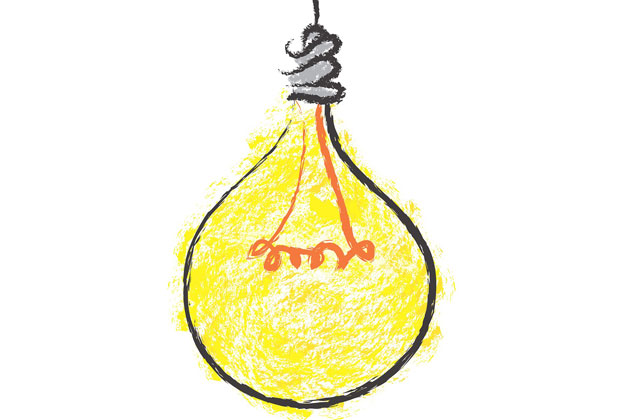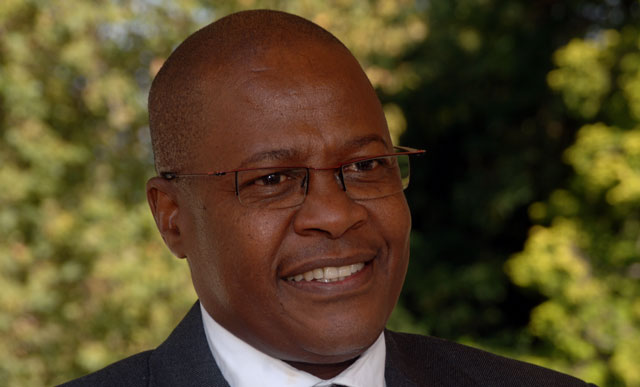
Eskom CEO Brian Molefe on Tuesday challenged the South African economy to grow and create jobs and gave the assurance that Eskom will be able to supply the necessary electricity.
At the quarterly “state of the system” briefing, Molefe said Eskom’s generation performance has been stabilised. The new build programme will provide Eskom with 53GW of generation capacity by 2022 and, even if the winter peak demand grows from the current 35GW to 45GW, the utility will be able to maintain supply without load shedding.
Molefe said Eskom is now faced with challenges in the distribution network, where disruptions occur as a result of tampering and vandalising, as well as electricity theft that leads to system overload and trips.
In the recent past, distribution hotspots where disruptions occurred were Soweto, Kagiso, Katlehong, Mamelodi and Bophelong, where up to five mini-substations failed per day. In an effort to restore supply, Eskom replaced 31 mini-substations and 287 transformers. In the past seven weeks it spent R23m on replacing transformers alone. Eskom also reset tripped breakers and upgraded and replaced damaged cables, typically within six hours, Molefe said.
He said this reactive approach is, however, not sustainable. Eskom therefore embarked on a proactive campaign that includes the installation of protective equipment and partnerships with communities. It will also be broadcasting a television advertisement about the dangers of electricity theft.
Molefe said Eskom has not imposed any load shedding since August 2015, bar one incident of two hours and 20 minutes. Energy availability factor — that is the percentage of time the Eskom generation fleet is online and ready to generate — was 81% in June. In the first quarter of 2015/2016, it was on average 69,6%, which improved to 78,6% in the first quarter of 2016/2017.
Eskom’s target is 80% energy availability, with 10% of capacity out on planned maintenance and 10% unplanned maintenance.
The improvement, he said, resulted in an additional 3,8GW being available to the grid, which is one of the big reasons why load shedding was averted.
The use of Eskom’s costly open-cycle gas turbines (OCGTs) decreased by 98% over the same period, Molefe said. This resulted in a drop in cost from R3,9bn in the first quarter of 2015/2016, to R86m in the first quarter of the current financial year.
He said that although Eskom’s success in averting load shedding is often attributed to lower demand, the utility was able to meet demand even in weeks when it was higher than before.
He said the excess capacity Eskom already has could now be exported to neighbouring countries. In the previous financial year cross-border sales increased by 12% and it is expected to increase significantly more in the current year.

Eskom group executive for generation Matshela Koko said the utility is exporting as much as it can, but is constrained by the limitations of the transmission network. Eskom is therefore investing in strengthening this network.
Molefe said in dealing with supply disruptions at municipal level, Eskom has deliberately avoided “playing the blame game”. It gives backup to municipalities when needed, “no questions asked” and shares parts in order to restore supply as fast as possible.
Group executive for distribution Mongezi Ntsokolo said Eskom has active partnerships with municipalities, especially in Gauteng. They have created a common WhatsApp platform and share information about disruptions in real time, while control centres liaise and technical staff talk to each other.
Eskom group executive Elsie Pule denied reports that wage negotiations have collapsed and that a strike is looming at the utility. She said the issue has been referred for conciliation. Eskom has been classified as an essential service and as such its employees are by law not permitted to strike, she said.
- This article was originally published on Moneyweb and is used here with permission




